If you've been following along with Women and the Wind, you'll know that Captain Kiana Weltzien and environmentalist Laerke Heilmann have spent the last couple of years restoring their 50-year old catamaran, Mara Noka , while dreaming up plans for the crossing from the East Coast of the United States to the Azores. They were met with challenges throughout the restoration process, but persevered and this past July, finally embarked on their long-awaited voyage. Together, along with photographer Alizé Jireh, who documented the entire journey, they sailed for 30 days across the Atlantic, disconnected from all technology and immersed completely in each moment.
They've arrived at their destination and shared with us a bit about their voyage and their initial reflections post-trip.  (photo by Alizé Jireh)
(photo by Alizé Jireh)
Words by Laerke Heilmann
We sailed off from Beaufort, North Carolina on the 27th of June and began our long-awaited Atlantic crossing. With the course set NE toward Flores, Azores we expected to arrive within 25 to 30 days.
The ocean welcomed us with light winds and a few calm days to start the voyage, in fact so calm that the wind completely died on day 3 and we couldn’t do anything but slowly float with the Gulf Stream. The sea was glassy and the water so blue that we all just kept staring down into the deep, amazed by the beauty. We had just crossed the continental shelf where the depth goes from 200 meters (656 feet) to more than 2,000 meters (6,561 feet) in just a few miles. The blue color of the deep sea was so enchanting after a long time in murky marinas.
Even though we still had over 2000 nm to sail, the wind was not around so we embraced the stillness and jumped in the ocean. With a line dragging behind the boat and no main sail up, we had time to play around and dive as deep as we dared. Surrounded by blue and with the notion of the depth below we felt tempted to jump in again and again, yet ready to get out fast with the first thought of the unknown world and all its creatures under us. Every time we would get out it felt like the beautiful blue color called us back in again and we kept jumping off the stern and crawling back on board repeatedly.
 (photo by Alizé Jireh)
(photo by Alizé Jireh)
As boats cross the ocean, so does plastic
After getting back on the boat the beauty was soon to be interrupted when we realized how many tiny plastic particles were floating in the water. A few larger pieces of debris also came our way and since we weren’t moving much, we were able to catch some and get them on board. A lot of the plastic showed signs of having been in the water a while and had barnacle growth and bite marks from fish and wildlife. Even though none of this was news to us, seeing traces of human activity far out at sea was depressing, and encountering more trash than wildlife while crossing an ocean was never part of the dream.
We kept a log of waste and wildlife from every day during the crossing and the only constant was plastic. Even though it got harder to spot floating debris when wind, swell, and sailing speed picked up, one or more pieces of plastic would float by us every single day on the 30-day crossing. In comparison, we saw dolphins 5 times and whales twice.

(Some of the plastic collected throughout their trip : Photo by Laerke Heilmann)
As we were moving with the gulf stream and winds, so was the plastic. Much of it comes from rivers and land, then travels miles out to sea and ends up in the North Atlantic gyre. Much like the Pacific garbage patch, the circulating currents in the Atlantic traps waste in an area of still water, estimated to be over hundreds of kilometers across in size. The plastic stays there for years while saltwater and sun slowly break it into microplastic. Now and then some of that microplastic gets caught back in the traveling currents and eventually washes up on beaches along the Atlantic coast, a very common sight in the Azores and Canary Islands. 
(photo by Alizé Jireh)
The quiet before the storm
Our first quiet days soon became a distant memory as wind, swell and drama picked up.
For more than a week we were in the middle of a low pressure, meaning strong winds, big waves, and lots of rain. Things started to break, we lost a few items overboard, and eventually, we were again floating with the Gulf Stream, this time with a shredded mainsail and no possibility of repairing it due to the weather conditions.
In a situation like that, all we could do was heave to, meaning point the nose of the boat as much into the wind as possible and hide in the cabins. The level of comfort and discomfort got pushed every day and with no sun in sight, everything stayed wet, moldy, and damp, including our beds (Photo by Laerke Heilmann)
(Photo by Laerke Heilmann)
We took one day at a time, found comfort in reading, and got hopeful with every slight hint of an opening in the grey sky. After days and days of being wet and tossed around, the sun finally came back and the wind and swells calmed down again. The main sail got stitched and patched back together and after a few days of work, we could finally get all the sails back up. 
(Photo by Laerke Heilmann)
Disconnected yet connected
It took us 30 days to arrive in the Azores and after 20 days of challenges, the last 10 were nothing but perfect downwind sailing, sun, and plenty of time to relax, stare at the endless blue around us, and be present. There is something special in being out at sea for such a long period with no internet and no input or access to the outside world. The only reference and presence beside ourselves was the ocean and after spending so much time together you start to feel a certain connection to this giant entity and to yourself.
On a 30-day journey, we got to see so many aspects of Mother Ocean and felt all of her constantly changing moods reflected in our emotional journey throughout this experience. During our first weeks, we got a small taste of the immense power of the elements and after that, every easy day felt like a gift we didn't take for granted. It all happened in the perfect order and we are so grateful for the experience.
After feeling so connected to everything around us we have an even stronger desire to stand up for the ocean and protect it and its biodiversity. The experience we had was transformative in many ways and we wish for more people to get out there and see how the simplicity of nature and all its beauty is so fulfilling and grounding. It makes you realize how simple life is and how the magic of a sunset or a starlit night sky fills you with so much more contentment than money can ever buy. It is more important than ever for us to feel this connection with nature and understand how we all are part of this big symbiosis.
Only when feeling connected again will we truly care to protect this planet.





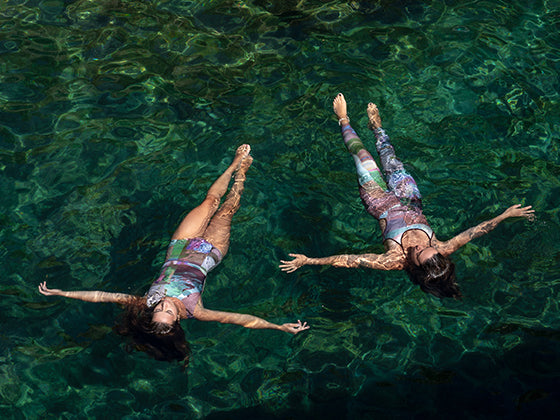

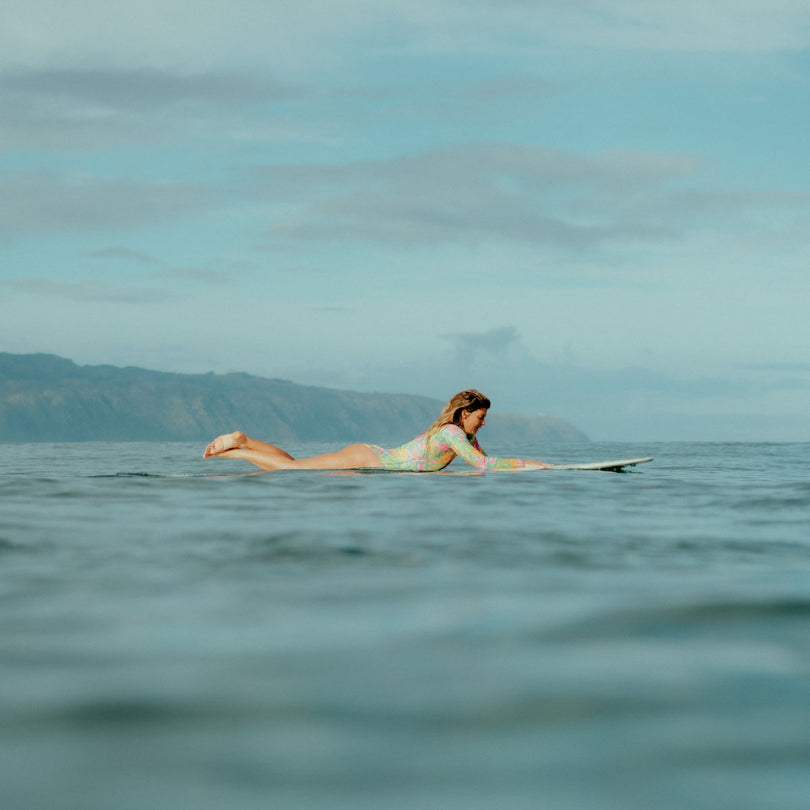
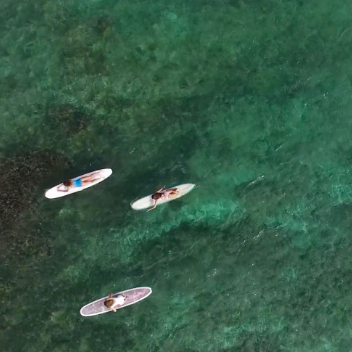
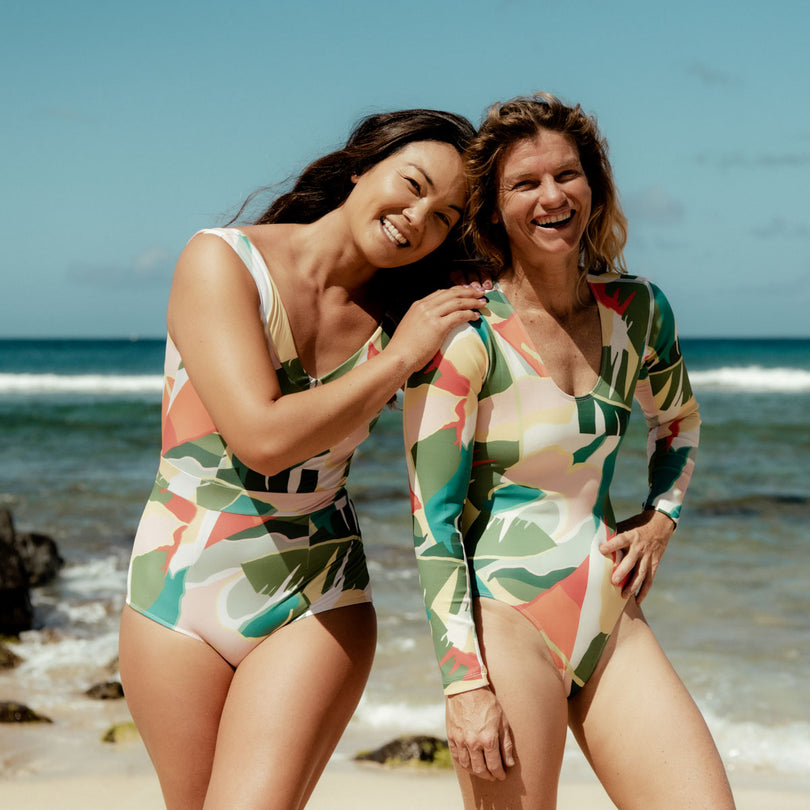
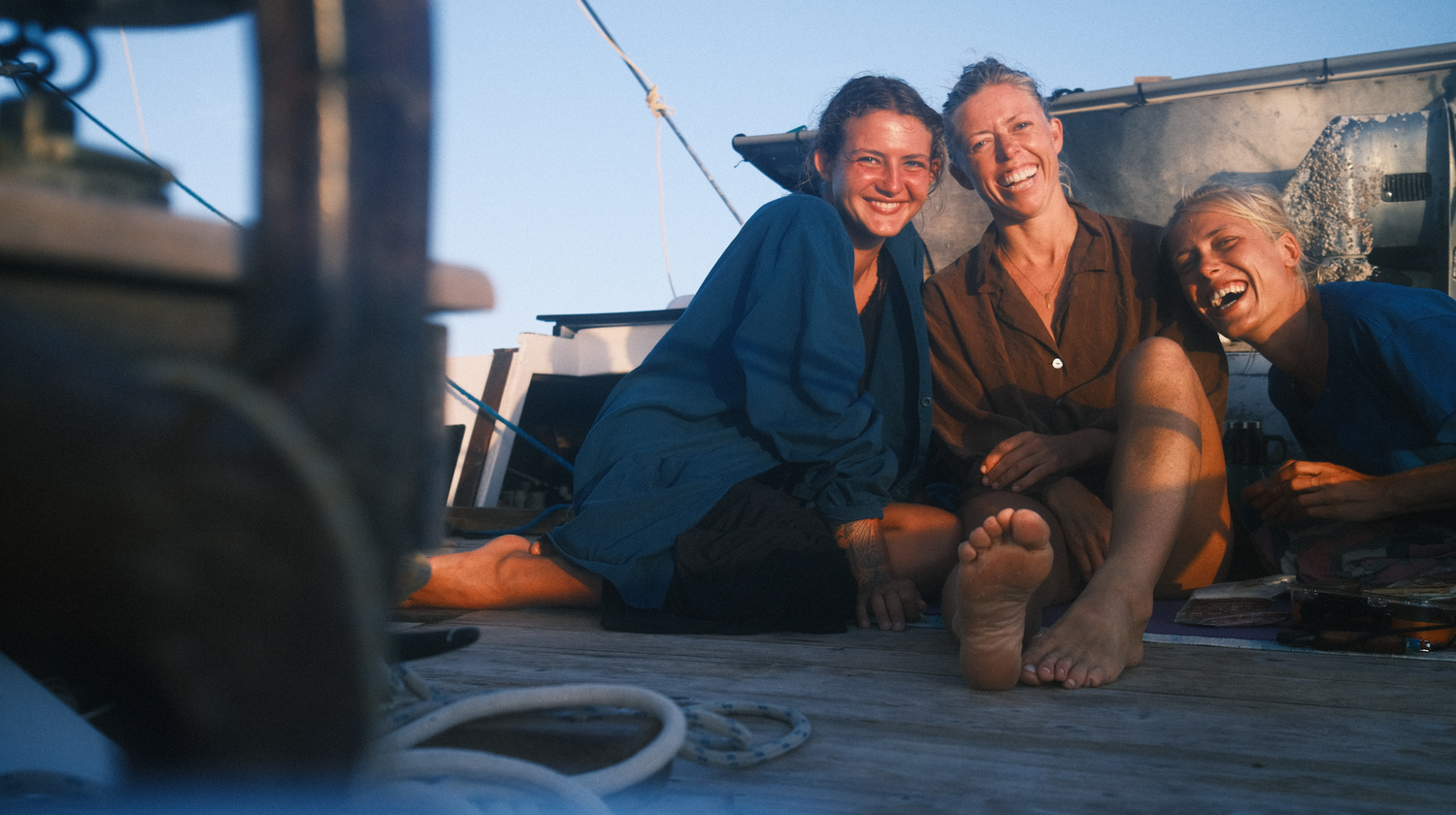
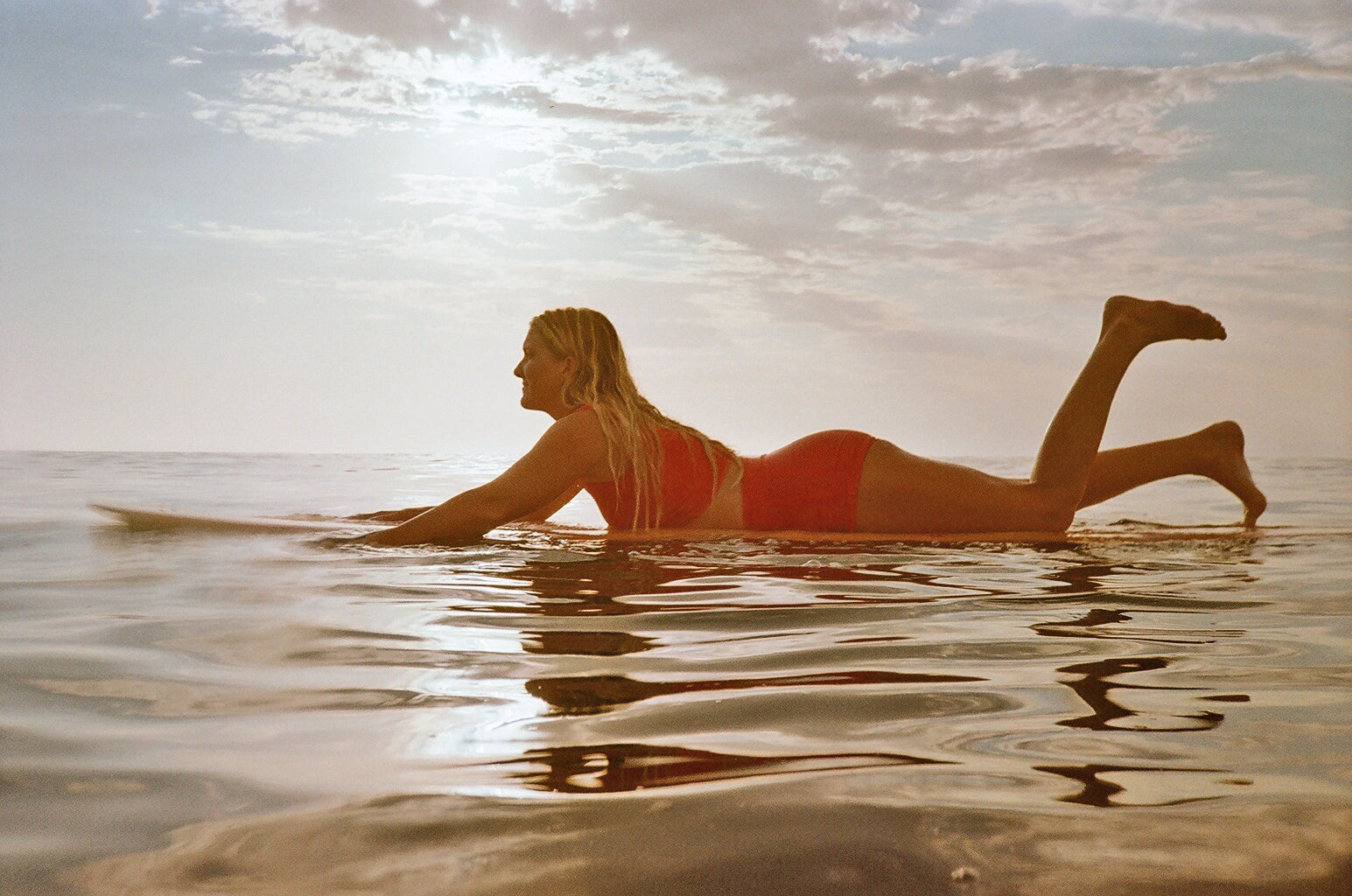
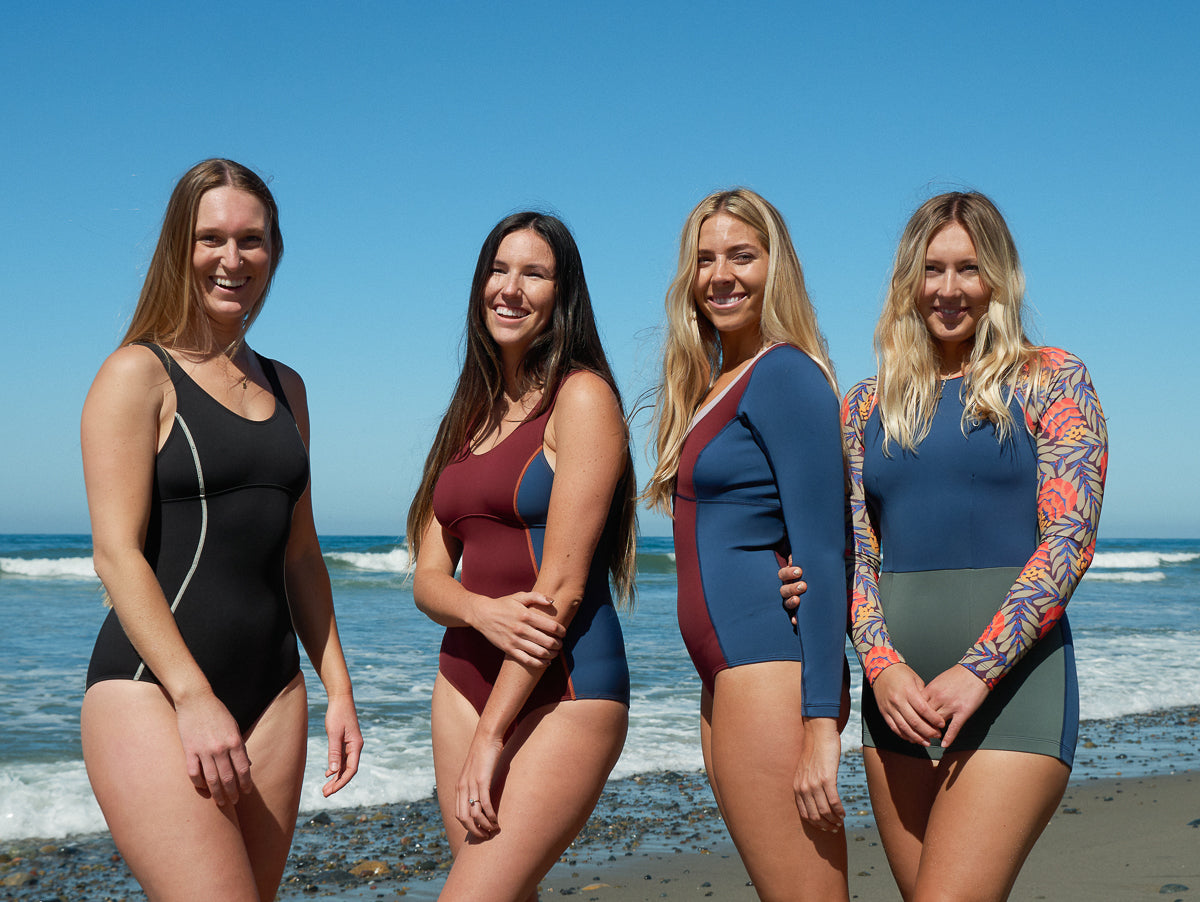
1 comment
Erin
That is a true adventure! That boat is bare bones! You are amazing women
That is a true adventure! That boat is bare bones! You are amazing women